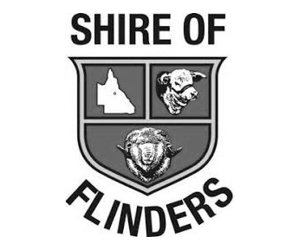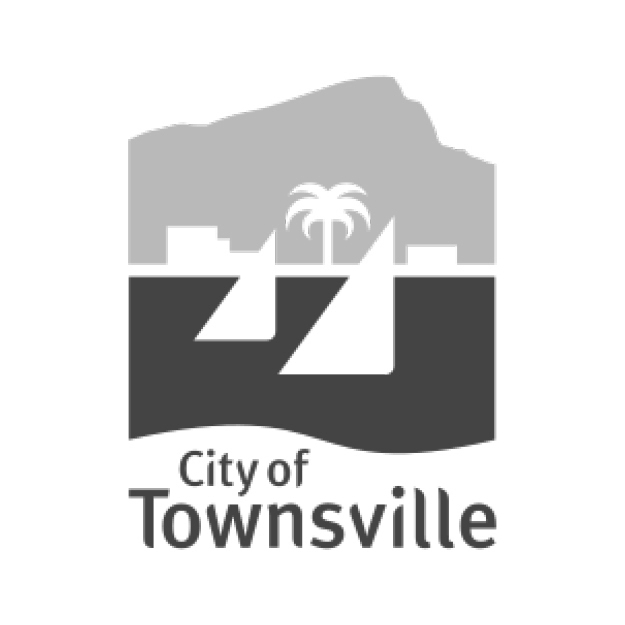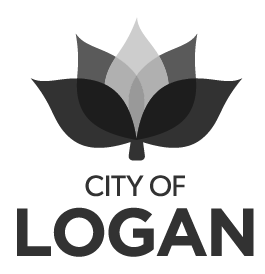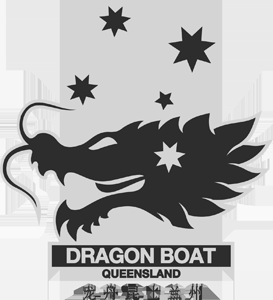Who are your members? – Marketing for community organisations
Michael Connelly
COVID-19 has had an impact on everyone. And by everyone, I mean your organisations, as well as your members and their home and work lives. So now, many groups are facing massive changes in their operating landscape. Just as significant as the immediate changes that COVID-19 has caused, we are yet to see what the longer-term impacts of the pandemic will be on participation trends and customer expectations.
For instance, will everyone come back? Some have postulated that people may be reluctant to go back to Saturday morning community sport because families are enjoying other forms of leisure on their weekends. Will committees keep having meetings online instead of driving to the clubhouse to meet? Will clubs keep posting online training content? Will orchestras and choirs keep compiling virtual performances? For the longer term, we’ll have to wait and see.
But you don’t have to wait passively. Instead, you can actively re-engage with your members.
Rather than discuss marketing tools, let’s discuss how you should think about marketing before launching into any initiatives. Whatever tools or tactics you choose to implement, it’s far more important that you start with a clear strategy, and a shared vision for what your marketing needs to achieve.
For marketing to be truly effective, it’s not about looking for a quick fix, or silver bullet, that will magically make everyone in the world know you and like you. It’s about creating long-term marketing strategies that you can apply to re-engage now, and to keep applying to make an ongoing difference for the future.
The internet has made marketing really accessible, but especially in the not-for-profit world, that led to a ‘shoot-from-the-hip’ approach for many groups that wanted to just get online before really being able to answer what they wanted to achieve from their marketing.
There is a growing movement to personalise marketing - to move away from showing anything to anyone, to creating emotional connections with the right people. To be successful in creating emotional connections with the right people, you’ve got to avoid getting caught up in the shiny hype of the social media merry-go-round, that just seems to get faster and faster. Instead work out how to identify the right people to connect with in the first place.
One way or another, all groups are ‘exclusive’. That might be hard to hear but I’m not using the word exclusive to suggest that you exclude anyone. It’s quite the opposite. It’s to help you focus your marketing effectively. You can be inclusive, while still understanding who your organisation is for.
In traditional marketing-speak, here is where we would talk about your target market. This is where you might come up with answers like, boys and girls aged 6 to 12 years. Or older people from our suburb and surrounding region. But the question, ‘Who is this organisation for?’ helps you dig deeper. The idea here is to create a really clear picture of exactly who you seek to engage, looking deeper than just demographics, and even getting into psychographics - how people think and feel.
Who do you want to join as a member of your club? And most importantly, what do they want? What are they hoping to get out of joining your group?
I’d like to share an analogy, first coined by the late Harvard Business School marketing professor Theodore Levitt. Think about someone who trots off to the local hardware store to buy a 6mm drill bit. While the salesperson is going on and on about the benefits of carbide or tungsten, the customer realises, ‘I don’t care about the drill bit. In fact, I don’t even want a 6mm drill bit. What I really want is a 6mm hole!’
The lesson here is that the drill bit is not important. It’s just a means to an end. What the customer really wants is the benefit; the hole it makes. But we can take it further. No one actually wants a hole. What the customer wants is to put a 6mm fixing in the hole to be able to hang a beautiful hanging plant. Or even deeper, what they want is how that hanging plant will make them feel when they look at it every day. And they want the satisfaction of knowing that they did the work themselves, or how proud of them their partner will be when they get home and admire their handiwork.
People don’t want drill bits; they want feelings like pride and respect.
So to properly understand who you want to target in your marketing, the first step is to be crystal clear on your purpose - WHY YOU EXIST as an organisation in the marketplace.
I encourage all committees to take the time it needs to make sure that you are clear, AND on the same page as each other. Why you exist is not about what you sell. It’s more about what you believe, and how your people - in marketing speak, sometimes called your tribe - connect with you, because they believe the same things.
For example, as a sports club, is it really important to you if your teams win on the field? Do you want to be the biggest, strongest club with teams that are feared? Or do you want to maximise participation for those who may not want to win the premier league, but just get the thrill of competing, or even just the physical benefits of participating?
We cover purpose in detail in our club and association planning module, but it’s just as important when talking about marketing. So take the time to make sure that you have this clear in your mind before starting your marketing.
So firstly, be really clear on why you exist in your marketplace - your purpose.
Remember, ‘Who is it for?’ Focus on them and connect with what they want, remembering, it’s not for everyone - our organisation is for those people who want what we offer, who value what we provide and who believe what we believe.
Then you should launch your marketing, using stories to connect with the right people, using the right messages that speak to them, emotionally.




























